The spread of Islam in Pekalongan, Central Java, began hundreds of years ago. Until now, it is one of the leading da’wah places, especially on the North Coast (Pantura) of Java.
Jami Aulia Mosque is a witness to a long history of the spread of monotheism there. The oldest mosque in the entire Pekalongan is located in Sapuro Village, Kebulen, and was built in 1035 H or 1614.
According to Arif Dirhamsyah on the official website of Nahdlatul Ulama, the Mosque was built by four delegates from the Demak Bintoro Sultanate, Kyai Maksum, Kyai Sulaiman, Kyai Lukman, and Nyai Kudung. They also had a big influence in the spread of Islam in there.
The delegates initially wanted to build a mosque in Alas Roban area. However, after performing istikhara, they did not continue the plan because there was an answer from Allah that if it built in there then it would be deserted and the mosque was built near the Kupang River.
Also Read: Children in Gaza and Future Generations Threatened by Genetic Damage
*At first tidak perlu, hati-hati perubahan kata ambassador, harus diperjelas dulu agar tidak membingungkan pembaca*
To build the mosque, they used building materials from wood left over from the construction of the Great Mosque of Demak which was built in 1479.
According to Arif, the name of the mosque was originally Galuh Chain because there were tombs of several scholars, officials, and community leaders; such as Habib Ahmad Alatas, Habib Hasyim bin Yahya, or Prince Adipati Aryo Notodirjo around it. Since 1980, it has been called Jami Aulia Mosque until now.
The main building of the mosque has an area of 34×29 square meters. The front consists of a porch shaded by a flat roof and it is supported by fairly large pillars. To enter the prayer room, worshipers from outside must climb several steps.
Also Read: Palestinians in Gaza Remain Wary Amid Ceasefire Jubilation
Above the roof of the verandah, there are a pair of short towers flanking a bald Arabic script. At the left end of the yard, there is a fairly large green bedug.
The towers of this mosque are about twice the height of the main building. The shapes are hexagonal when viewed from above. Its location is somewhat adjacent to the Madrasa of Ribatul Mubtadin Islamic Boarding School.
Arif said the Jami Aulia Mosque was repaired about once every 100 years. Fortunately, the renovations do not completely change the original form and in every renovation is marked by an inscription kept on the inside of the mosque. Respectively, the renovations were carried out in 1614/1035 H, 1722/1143 H, 1787/1208 H, 1884/1305 H, and 2010/1431 H.
As reported by the official website of the Central Java Provincial Government (Pemprov), the prayer room at the Jami Aulia Mosque is quite spacious. There are four main pillars supporting the roof. Each pillar is marked with the name of the founder of the mosque, namely the four delegates of the Sultanate of Demak.
Also Read: When the Sumud Flotilla Didn’t Reach Gaza
“The four of them built its foundations in Alas Roban, also mihrabs and wells. After the foundation was built, they performed istikharah and the answer, the place would not become a village so they chose to go to Sapuro, “said Chairman of the Jami Aulia Sapuro Mosque Foundation, Kyai Ahmad Dananir Dananjoyo, as quoted from the Central Java Provincial Government website.
Kyai Ahmad said, the Aulia Mosque Rehabilitation Committee Team in 1970 had conducted research. They checked the location in Alas Roban which was believed to be the original location of the Demak delegates’ plan to build a mosque and it’s true that there are foundations, wells, and mihrabs in there.
The name change from Galuh Chain Mosque to Aulia Mosque becuase the locals want to commemorate the services of the habibs spreading of Islam in Pekalongan and the graves of scholars from the past are not far from it. (T/ri/RE1)
Source: https://www.republika.co.id/berita/riii0a313/masjid-jami-aulia-saksi-penyebaran-islam-di-pekalongan
Also Read: Noble Effort in Caring Senior Citizen; Best Practices from Indonesia to the World
Mi’raj News Agency (MINA)





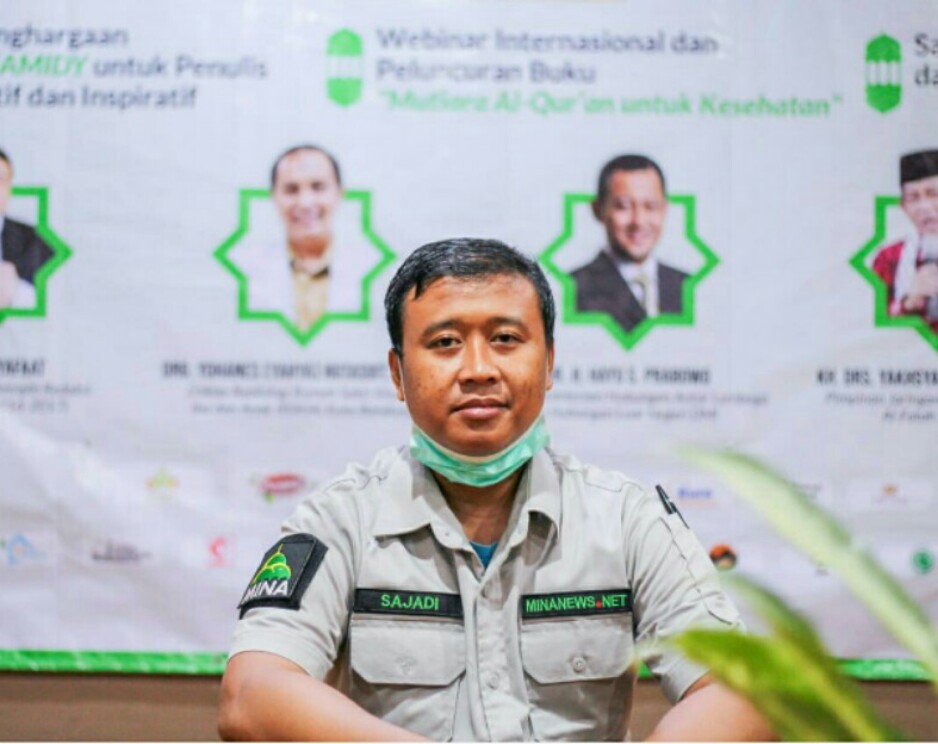
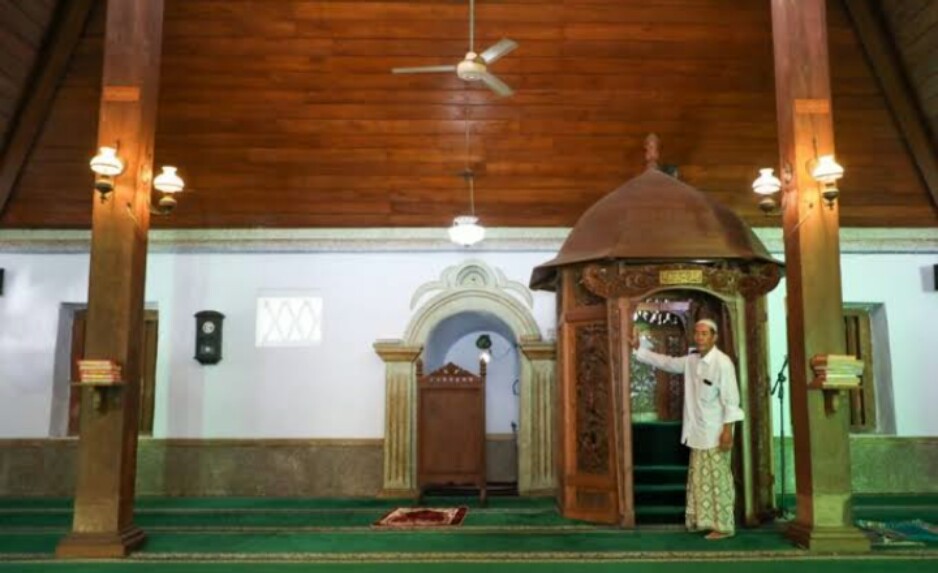

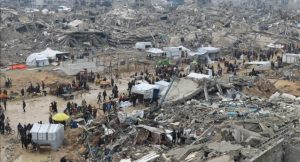

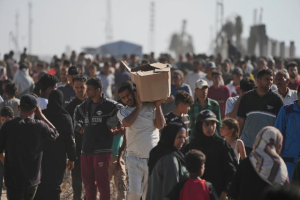




![Israeli tanks and APC’s gather by the Israeli – Lebanese border. Amid Israel’s escalating campaign against Hezbollah in Lebanon on September 30, 2024. [Erik Marmor/Getty Images]](https://en.minanews.net/wp-content/uploads/2024/10/IMG_20241001_203226-300x197.jpg)
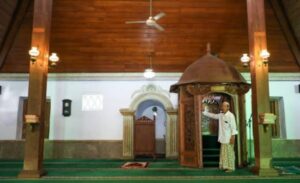
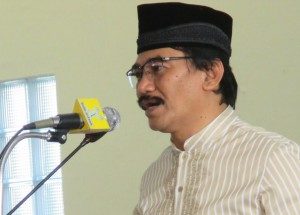






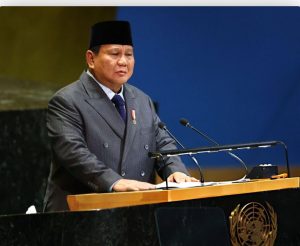


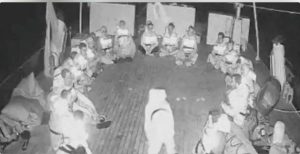





 Mina Indonesia
Mina Indonesia Mina Arabic
Mina Arabic